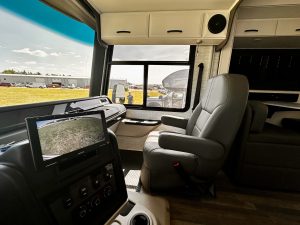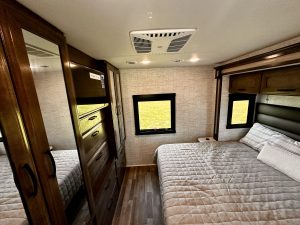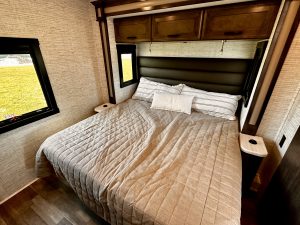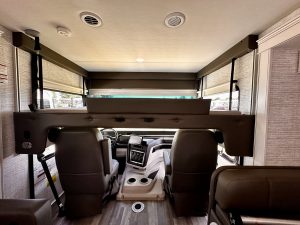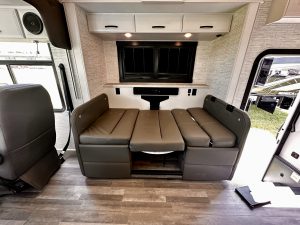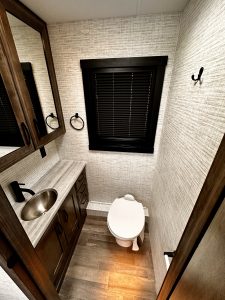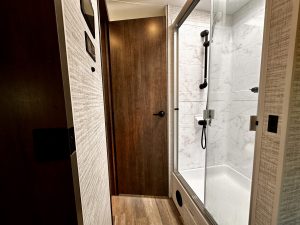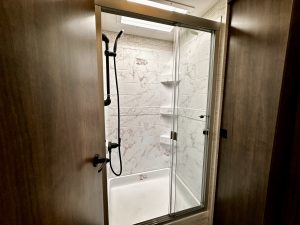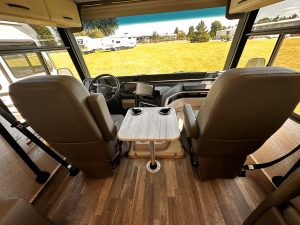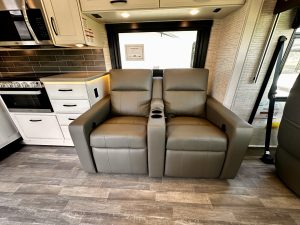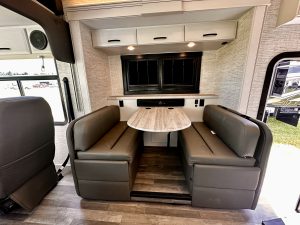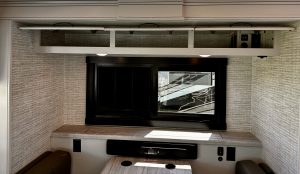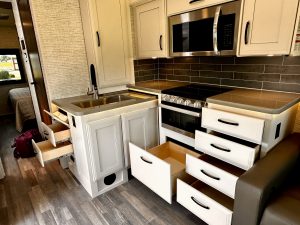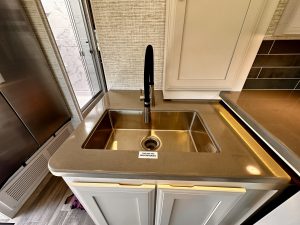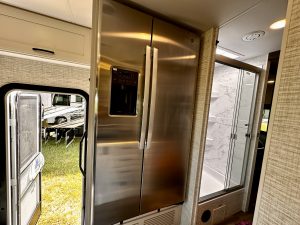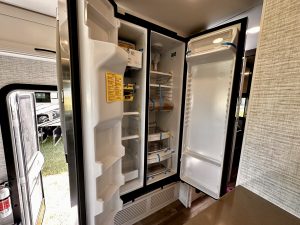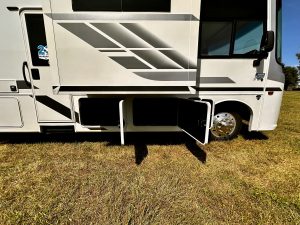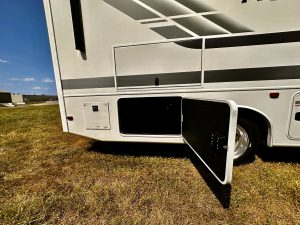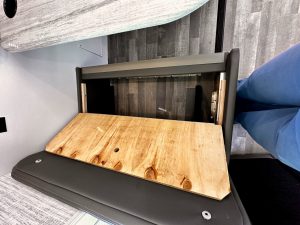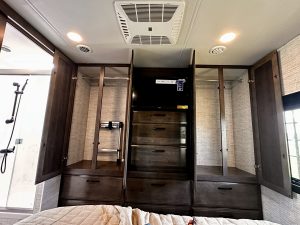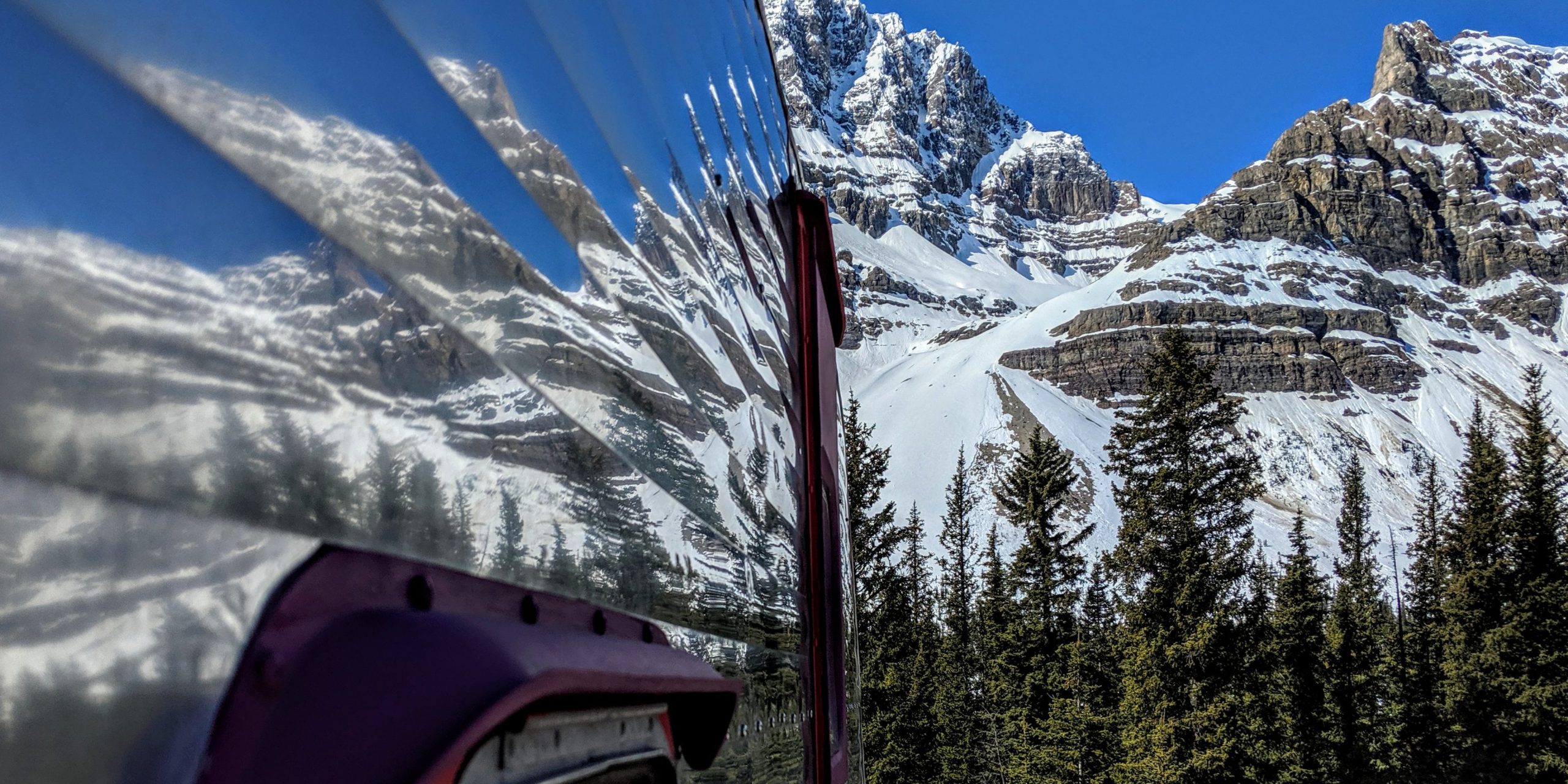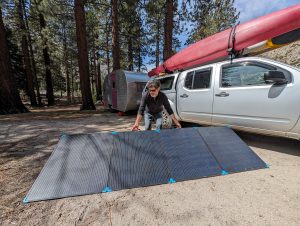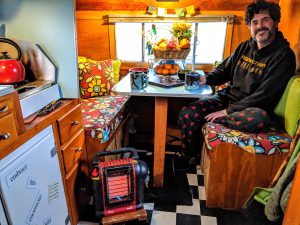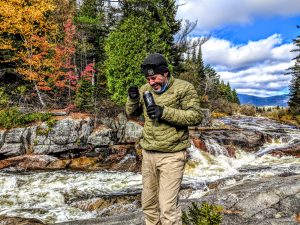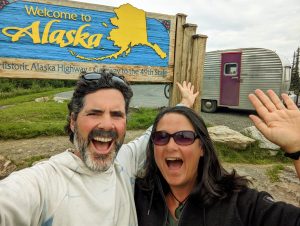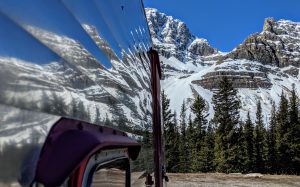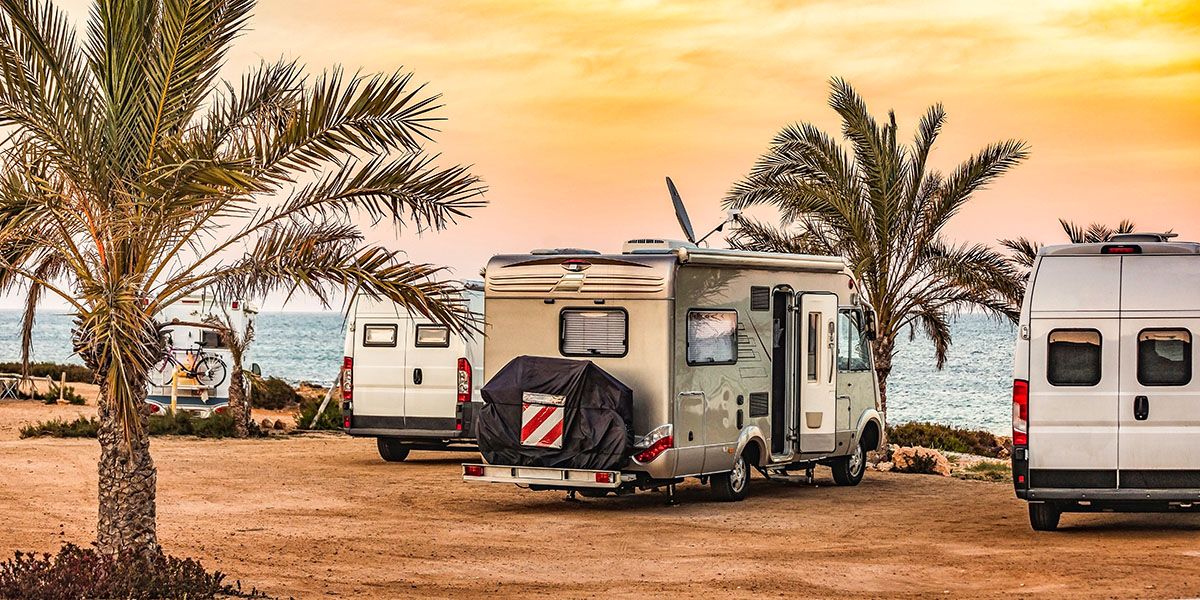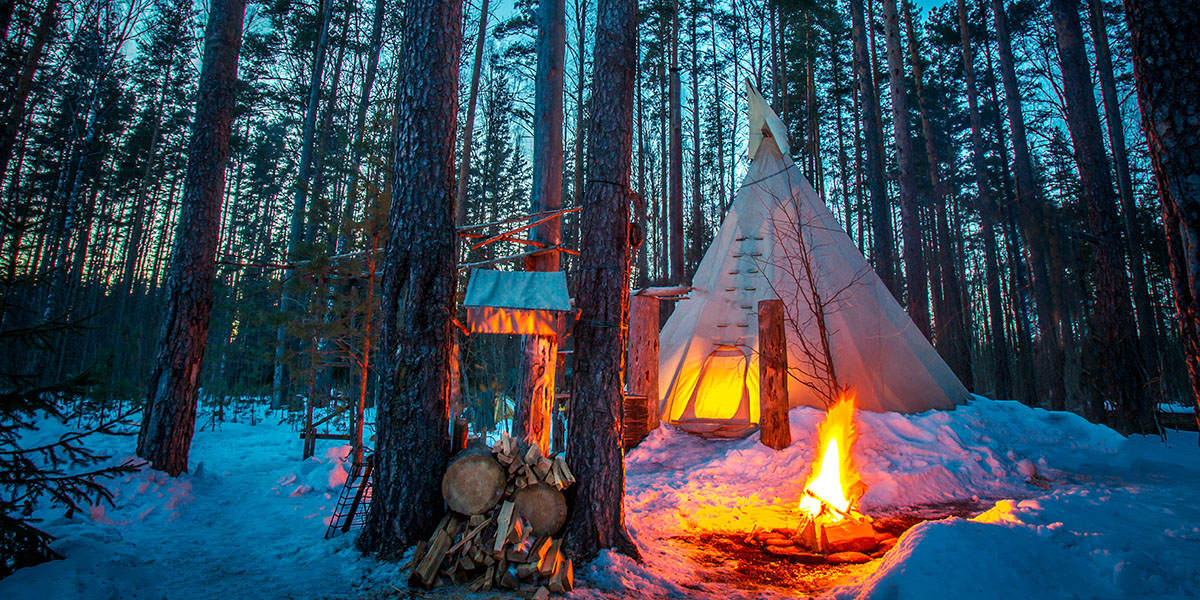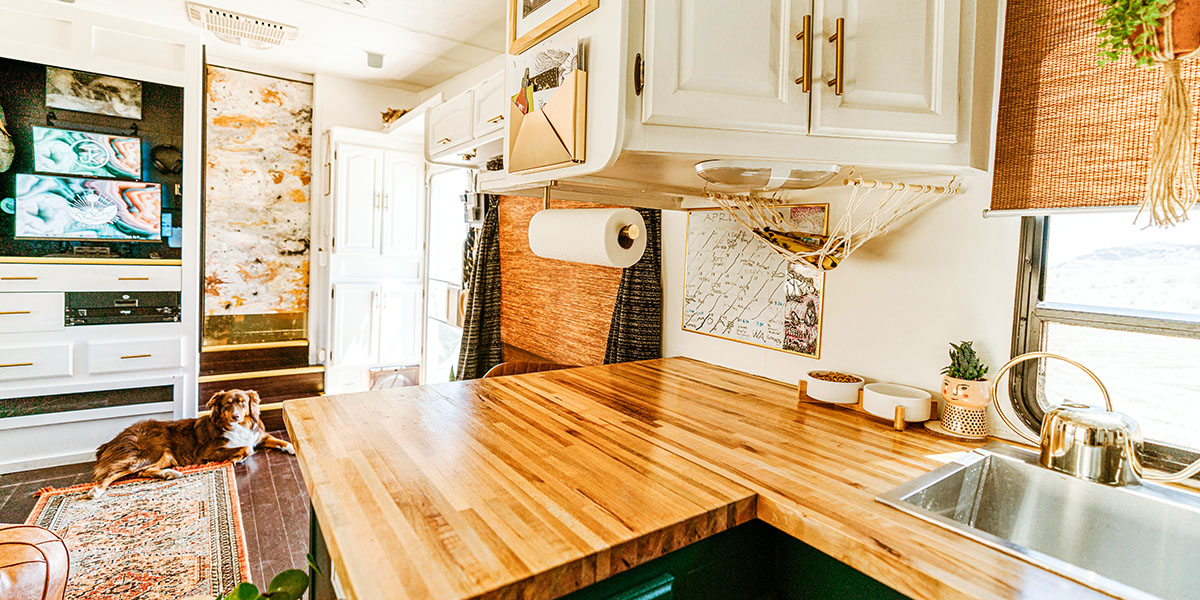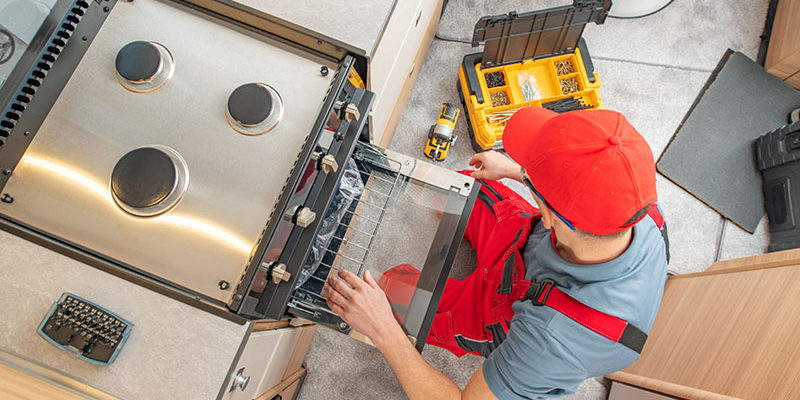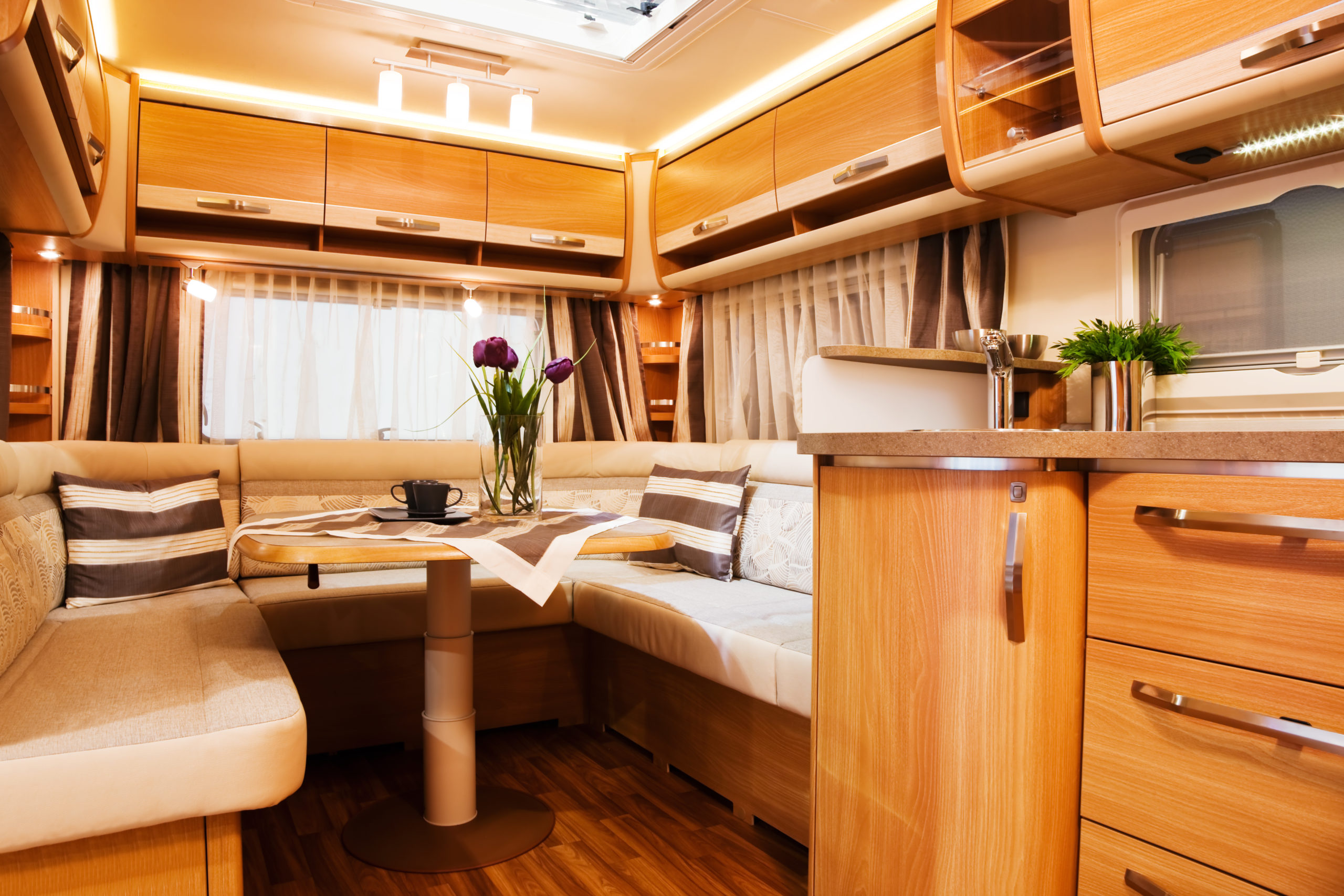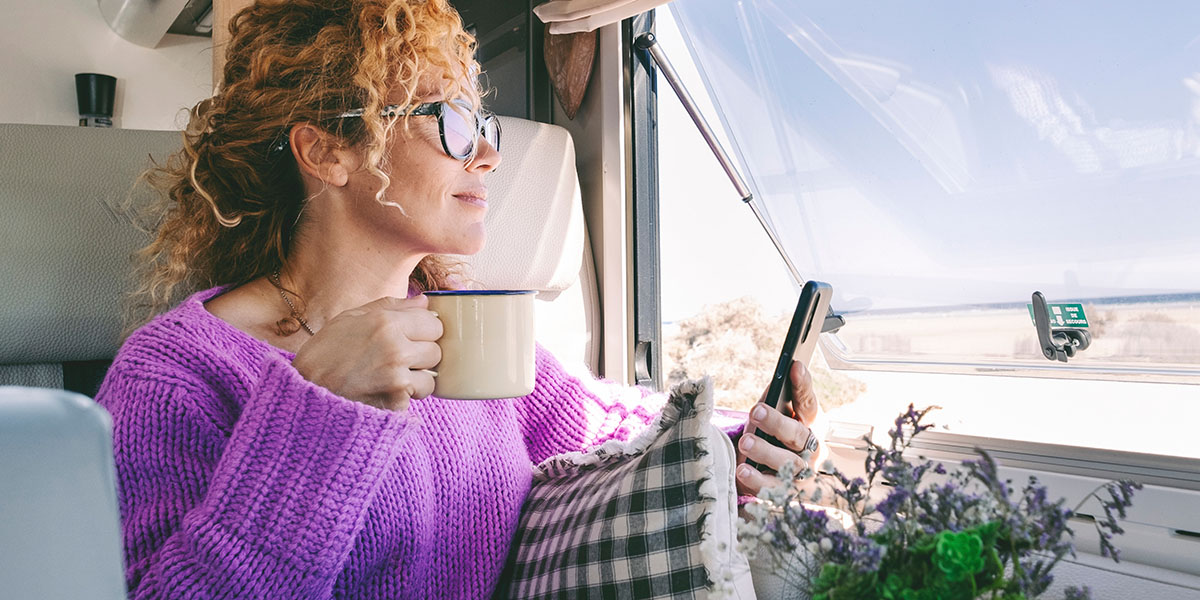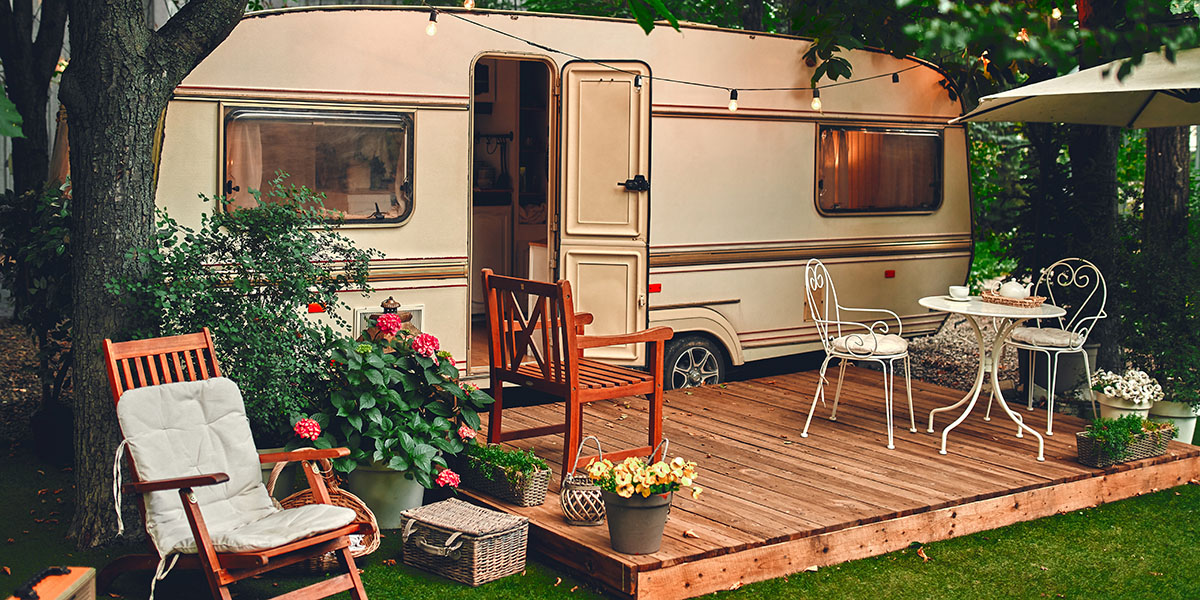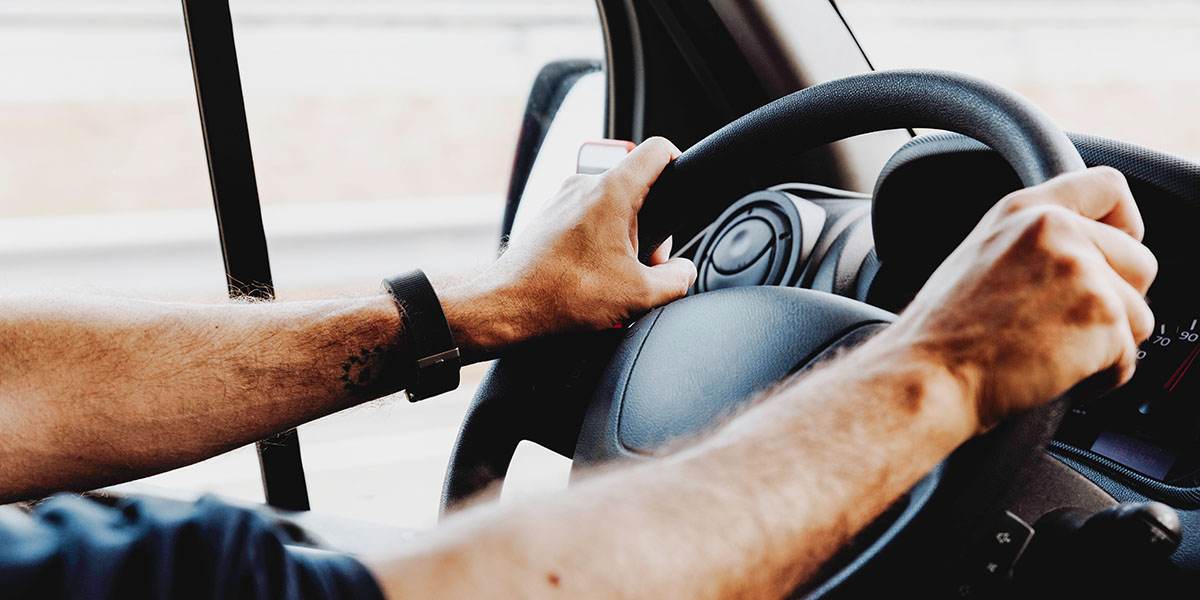The ocean is a living cathedral, pulsing with rhythm and color and the muffled chatter of aquatic harmony. This enigmatic world stirs curiosity and adventure in us all. It’s is yet another testament to why so many campers and RVers become wildlife enthusiasts. Our mobile lifestyle and nomadic habits put us in contact with some of the most breathtaking spots on the map. But once there, we begin to realize that only through mindful exploration can we honor the natural inhabitants. And this is especially true of the beautiful yet often fragile aquatic wildlife we encounter.
As travelers passing through, we have a responsibility to protect and respect the natural world that lies beneath the watery depths. But for those of us moving for campsite to campsite, that can be a challenge. The fact is, we aren’t always informed of local rules and regulations for the endemic species that we’re suddenly next to. Many aquatic species are members of a delicate ecosystem. And that ecosystem is one that we must endeavor to conserve and protect.
So, let’s share some nearly universal ground rules when encountering aquatic wildlife — guidelines that will help prevent injury to ourselves and the remarkable wildlife we encounter.
Responsible Fishing
Fishing is a marvelous way to immerse yourself in the scenery. (And hopefully score a delicious meal in the meantime.) The hushed silence over the water surrounded by nature is unsurpassed. Until, of course, you feel a tug on the line. But what happens under the surface between your fishing pole and aquatic wildlife often goes unchecked. Fishing can be harmful in ways you may not expect. The good news is that it’s largely preventable. Here are some easy methods to prevent needless injury.
Prefer sustainable fishing gear.
I can’t tell you how many injured animals I have encountered with fishing hooks lodged inside them. Sting rays, sharks, turtles, manatees and even birds get tangled up in hooks and line. Biodegradable fishing gear is a great way to address this problem. These hooks, fishing lines, and lures break down quickly (for the wildlife) while maintaining the same performance characteristics as other fishing gear. If you’ve ever seen a sea turtle tangled up in this stuff, you might think twice about the fishing gear you use. Another thing to consider is the type of weight you use. The lead weights are toxic not only to humans but to fish. If possible, opt for a nontoxic fishing weight. Circle hooks instead of J hooks are another more sustainable alternative.
Check local regulations.
Know the fishing regulations where you intend to fish. Experienced fishermen always do this. In addition to getting good bait and tips at the local bait shop, you’ll often be able to pick up an illustrated guide of what you can fish depending on the season, as well as size and quantity limits. Breaking these rules isn’t just harmful to the fishing environment, it can get you in some pretty deep trouble. Fines are only the beginning of the consequences in many places.
Smart Snorkeling
I can’t think of a better way to actively explore the aquatic landscape than snorkeling. But there are some measures you should take before diving beneath the surface.
Choose reef-safe sunscreen.
I know this may seem strange, but something as seemingly benign as your choice of sunscreen can have devastating effects on coral reefs. But choosing a sunscreen that won’t harm the reef you’re swimming in? Let’s face it. That’s not common knowledge. Fortunately, SaveTheReef.org has an easy guide to choosing a reef-safe sunscreen. However, generally speaking, you’re best off choosing a sunscreen that contains mineral UV-blocking ingredients like oxide and titanium dioxide.
Wash your dive gear.
Before jumping into that beautiful blue water, make sure you wash your gear. This may sound laughable since you’d think that the water itself would wash your gear off. But that’s not the case. Sony Coral Tissue Loss Disease (SCTLD)has spread across coral reefs in over 22 Caribbean countries as well as the Florida Reef. You can help stop the spread by washing your gear of any potentially contaminated bacteria before you get in the water.
Look, don’t touch.
You’ve heard this a million times. But it bears repeating — because the temptation is very strong. The oils on our hands can be harmful to many aquatic species. Touching a coral reef can remove the protective outer layer and expose them to foreign bacteria. You want to avoid touching aquatic wildlife for your own safety as well. Something that resembles part of the reef could be a well-camouflaged creature packed with a painful sting.
Follow Shark 101.
They are everywhere. And contrary to popular belief, most sharks are not overtly dangerous. That being said, there are some steps that should be taken in order to respect and avoid a negative confrontation.
- Don’t swim away or splash wildly if you see one. This kind of behavior could mark you as prey. The best thing you can do is remind yourself that you’re a predator too, and keep eye contact with the shark. Then calmly remove yourself from the water. (Ideally while maintaining eye contact — swimming backwards if possible.)
- Don’t swim or snorkel near anyone that is spear fishing. If you are the one spearfishing and you encounter a shark with a fish on the end of your spear, you will have to make a choice depending on the type of shark. If it’s a nurse shark, just ignore it or push it away. If it’s a bull or tiger shark (two of the most dangerous species), you will need to drop your catch.
- Avoid snorkeling or swimming in murky water.
- Don’t swim in areas where fishing guides chum the water to attract fish. Not familiar with chumming? You must have missed the past few decades of Shark Week. It’s where fish blood and guts are tossed in the water to attract sharks.
- If you see a shark, count yourself lucky. Remember, sharks kill around 10 people a year. Humans kill over 100,000,000 sharks a year. You are more likely to get hit in the head by a falling coconut than be attacked by a shark. Enjoy the moment.
Get involved with reef conservation.
The Coral Reef Restoration Project is working to ‘reproduce’ coral reefs, to help mitigate their recent devastating decline. You can be an active part of this by volunteering with them in the water or on the ground!
Some Boat Notes
Follow manatee protocol.
The first time I saw a manatee was in Florida. A motor boat captain was running a fresh water hose directly into the manatee’s mouth. I don’t know why, but manatees love fresh water. And so many people, especially boaters, give it to them. This isn’t just harmful to the manatees — it’s against the law. Manatees often associate boaters with fresh water and will approach boats regularly for it. But more often than not, it results in a propeller encounter. Know the signs that a manatee makes in the water if you are boating in their habitat. You can easily spot them if you know what to look for. This can prevent a potentially fatal encounter. Their tails and body mass make a pattern of pancake bubbles on the water that are unique to manatees. Heed the signs, and go slow when you are in a no wake zone.
Abide reef rules.
Coral reefs are a fragile ecosystem, home to many endangered species. The reef is precious in so many ways. And the delicate chemical and aquatic balance can be easily upset. When you are boating, slow down if you are near any shallow reefs. Keep an eye on the tide so you don’t hit them when the water is low. If you are anchoring, make sure you don’t drag into a reef, or catch a reef after you drop the hook. The mooring balls at many popular coral reefs can fill up quickly. That often results in amateur boaters dropping anchor directly on the coral reef. Make sure you find a sandy patch to drop your anchor on, and ensure it’s set in sand, not coral.
Respect the seagrass.
Seagrass is an underrated habitat full of biodiversity. A single hectare of grass can support 80,000 fish and over 1 million invertebrates. Seagrass is also an efficient nitrogen stripper, removing chemical elements that cause algae blooms. This is yet another example of a fragile and delicate aquatic ecosystem. The seagrass is so important in parts of the coast that, if you run your boat aground on top of it, you will be subject to a fine of up to $1,000.
So, what is a sailor to do? Go slow. Watch your depths. And avoid boating over shallow waters with seagrass below when possible.
River and Swamp Reminders
The ocean isn’t the only body of water with a tenuous habitat. Swamps and rivers also harbor aquatic wildlife that warrant a little extra care and attention. Things you may not even know exist could be living quietly beneath a mundane rock by the riverbed near your campsite.
Be a gentle observer.
In the Blue Ridge Mountains of North Carolina, rivers and streams are home to endangered amphibians. Generally speaking, if you are walking around a river or creek, it’s good practice to keep the rocks in place and avoid disturbing the creek bed. An elusive Hellbender might be curled up underneath an unsuspecting rock or branch. Crawfish, salamanders, and trout dominate the mountain rivers and streams. If you lift the rocks carefully to inspect what’s beneath, you will be shocked at the amphibious little campsites underneath. Be sure to gently put the stones back in place after you are done investigating.
Use good swamp sense.
Swamps are a unique habitat thriving with biodiversity. This is one of my favorite places to observe aquatic wildlife. Paired with flat, low-lying grasslands, swamps are home to some of the most interesting animals — not to mention breathtaking sunsets. Eagles, ospreys, herons, storks, snakes, manatees, and yes, alligators all inhabit swamplands.
Want to know if there are alligators lurking around? Let me make it easy for you: If you are in a salty or brackish body of water near the southeastern coast, and the water is wet, then yes, there are alligators in the water. Are they dangerous? No. At least not in the Lake Placid sense.
But, as with sharks, a little common sense is appropriate. If you are walking around a body of water that might harbor alligators or crocodiles, you should refrain from bringing your dog along. Small children should always be attended. And, if you see an alligator, lying still as a stone statue, don’t try to feed it. To most of us that might sound crazy obvious, but I have witnessed with my own eyes tourists feeding wild crocodiles. Once wild predators start to associate humans with food, the subsequent order of events is obvious. And of course, it’s the animal that ends up with the bad reputation, not the naive tourist that decided to feed it. When observing aquatic wildlife in any habitat, it’s always good practice to keep them wild.
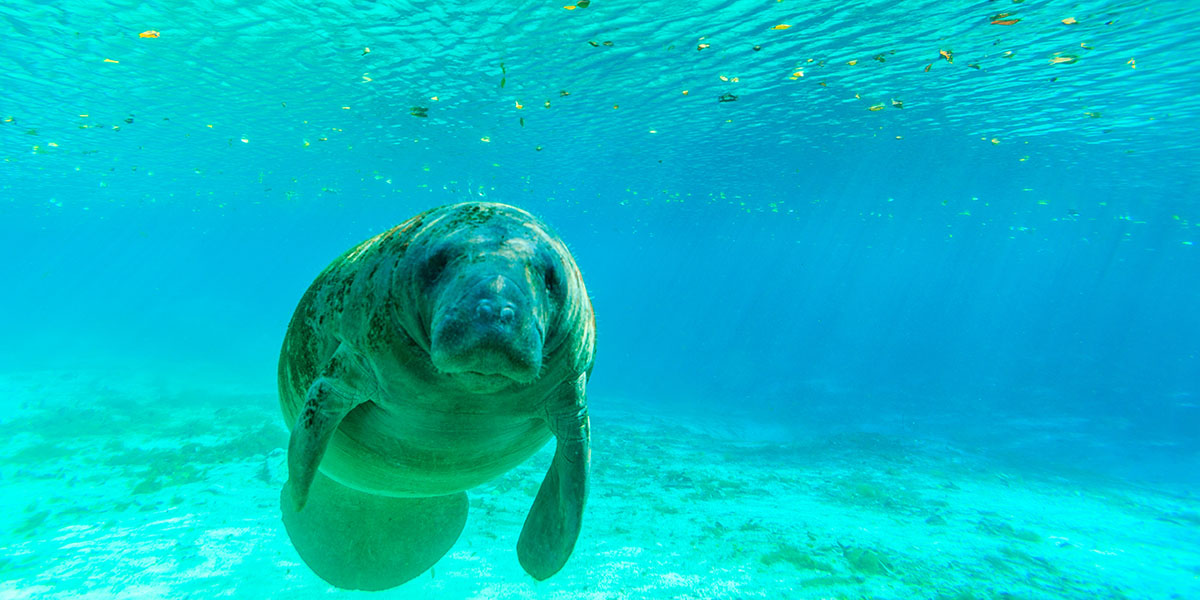
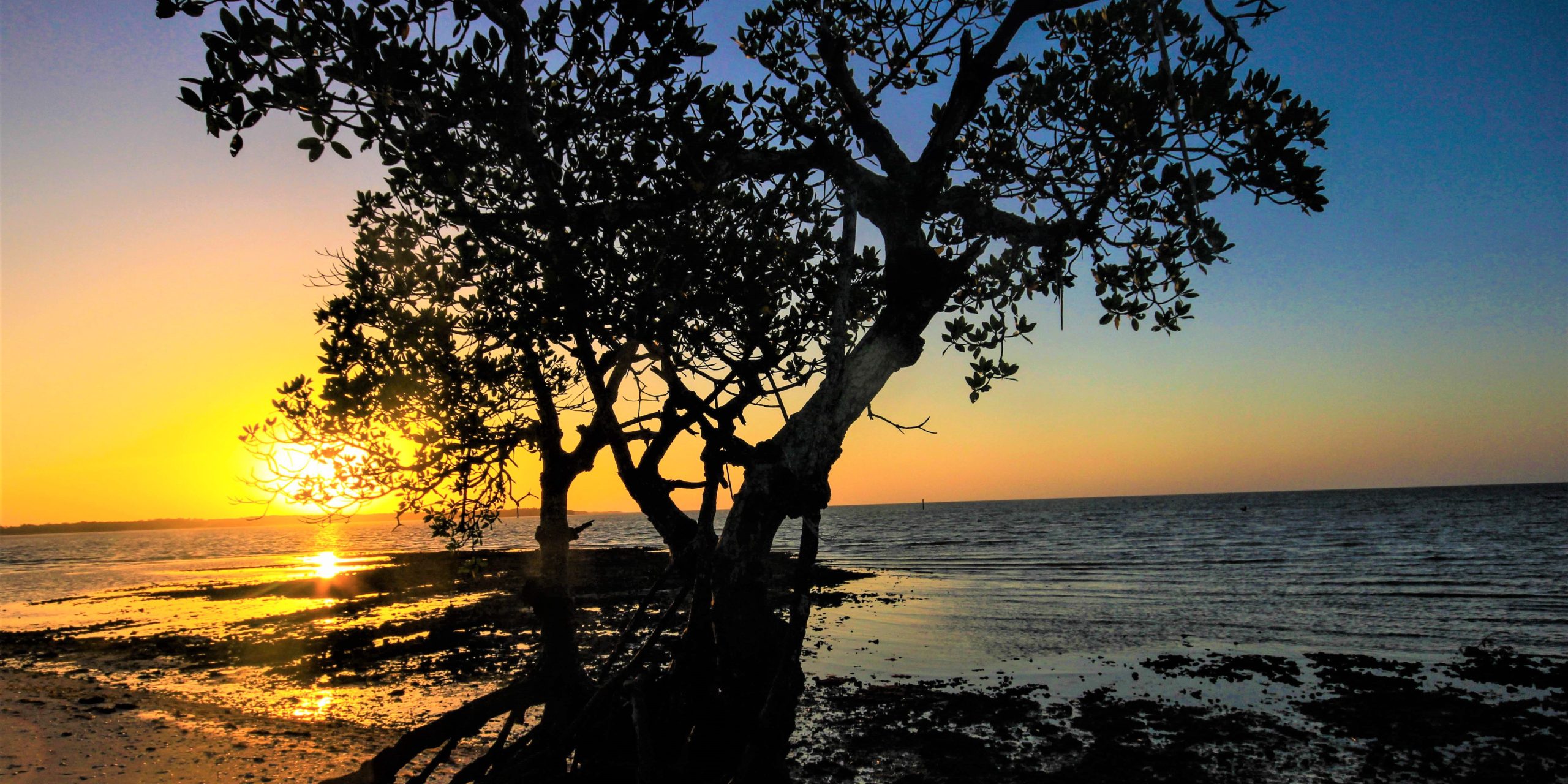
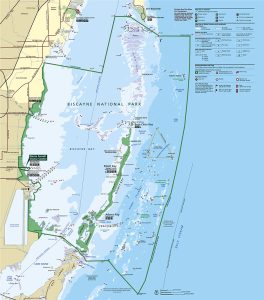
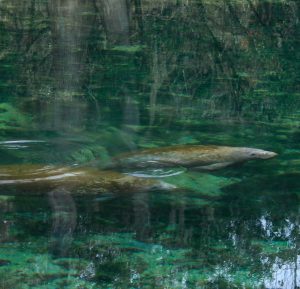
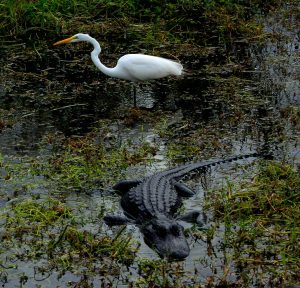
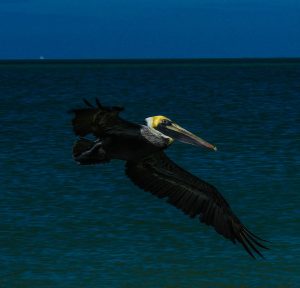
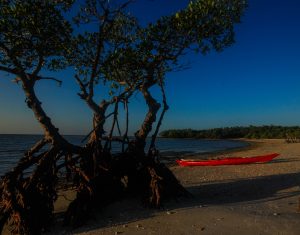
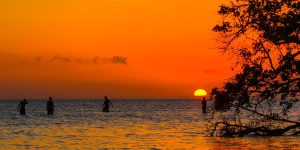
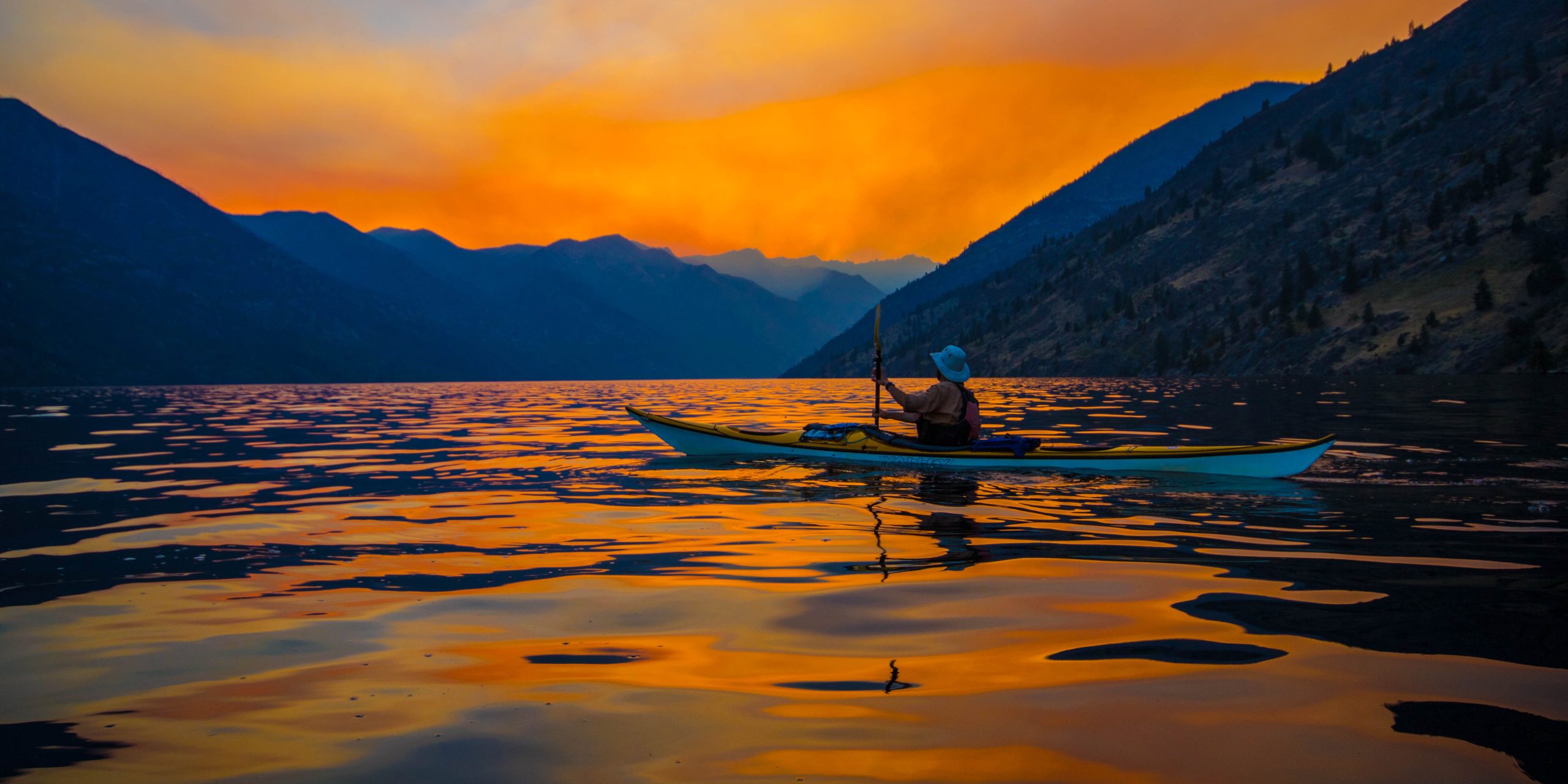
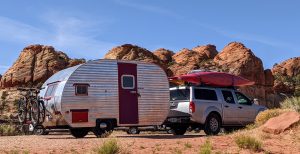
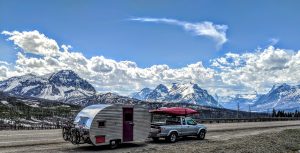
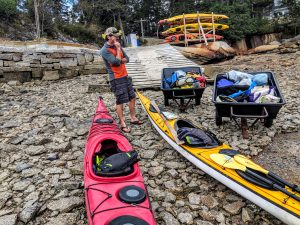
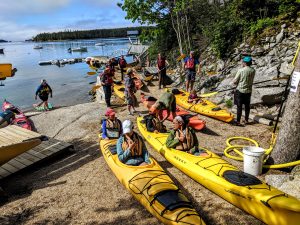
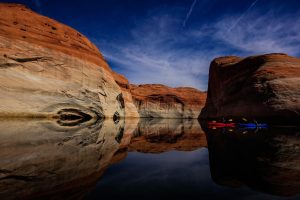
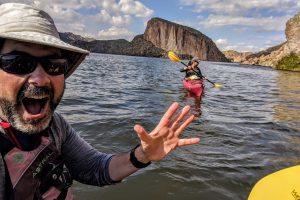
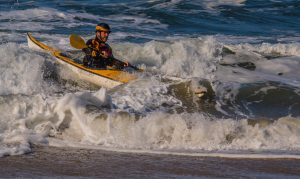
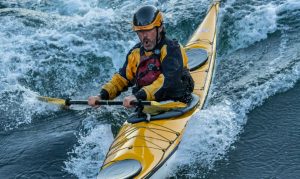
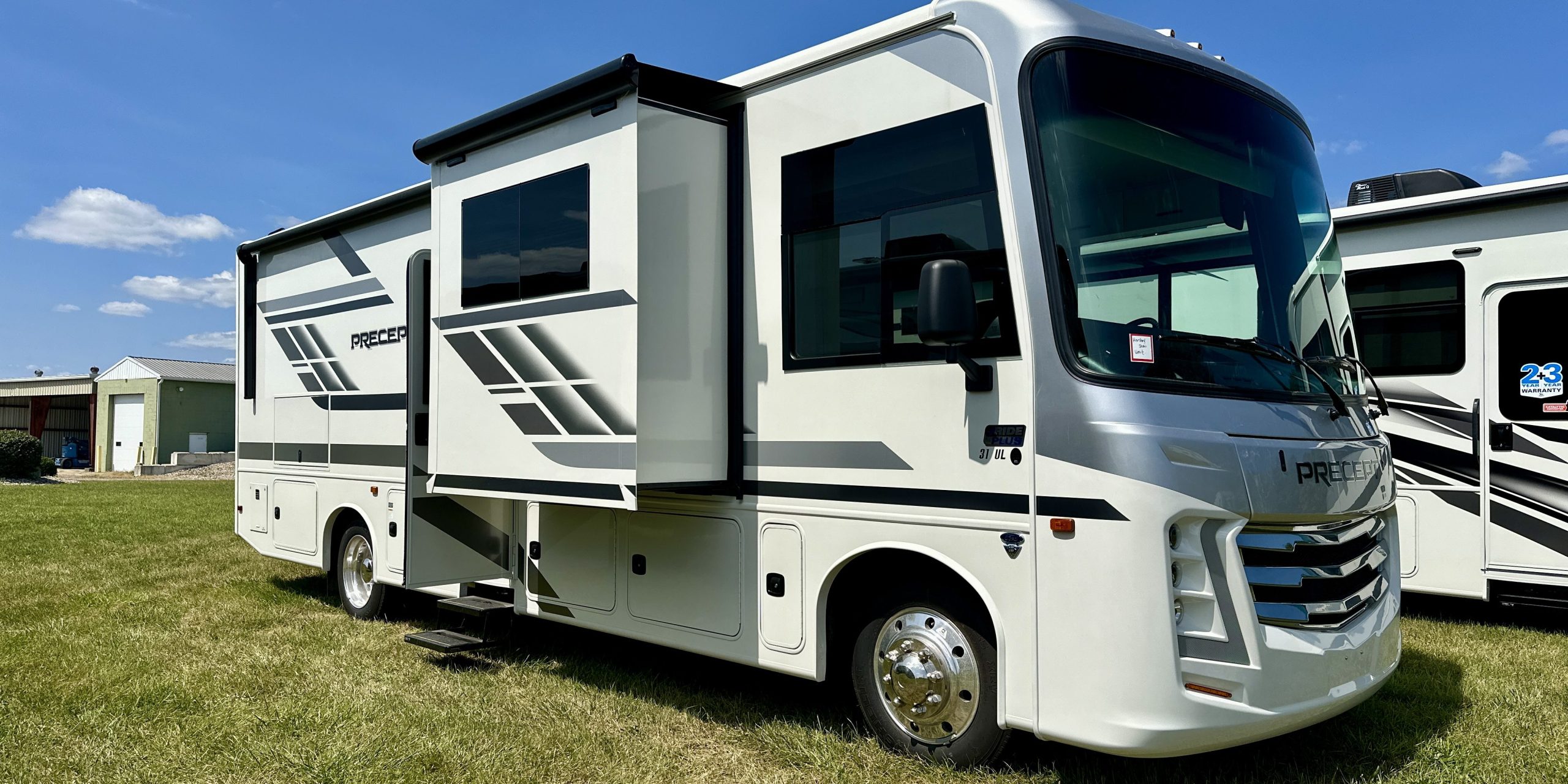
 If you’re looking for a
If you’re looking for a 